Species Photo Gallery for Javesella pellucida No Common Name 13 |
 | Photo by: Rob Van Epps
Mecklenburg Co.
Comment: Attracted to porch light. Suburban yard near woods. | 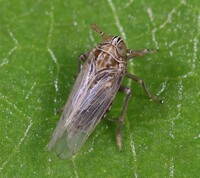 | Photo by: Rob Van Epps
Mecklenburg Co.
Comment: Attracted to porch light. Suburban yard near woods. |
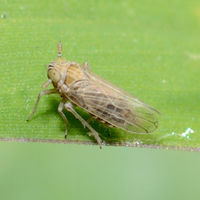 | Photo by: Margarita Lankford
Orange Co.
Comment: crabgrass lawn | 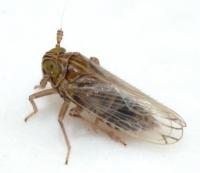 | Photo by: Kyle Kittelberger, Brian Bockhahn, Paul Scharf
Vance Co.
Comment: Field/forest edge habitat |
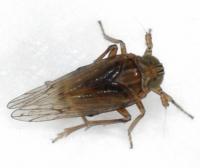 | Photo by: Kyle Kittelberger, Brian Bockhahn, Paul Scharf
Surry Co.
Comment: grassy, brushy habitat near forest edge & forest; males |  | Photo by: Kyle Kittelberger, Brian Bockhahn, Paul Scharf
Surry Co.
Comment: grassy, brushy habitat near forest edge & forest; males |
 | Photo by: Kyle Kittelberger, Brian Bockhahn, Paul Scharf
Surry Co.
Comment: grassy, brushy habitat near forest edge & forest; males | 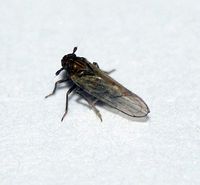 | Photo by: Paul Scharf
Warren Co.
Comment: Attracted to Black Light. Above 45 degrees |
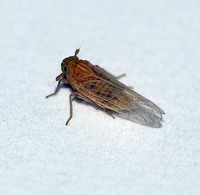 | Photo by: Paul Scharf
Warren Co.
Comment: Attracted To Black Light | 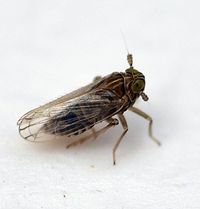 | Photo by: Kyle Kittelberger, Brian Bockhahn, Paul Scharf
Vance Co.
Comment: Caught Sweeping |
 | Photo by: Kyle Kittelberger, Brian Bockhahn, Paul Scharf
Vance Co.
Comment: Caught Sweeping | 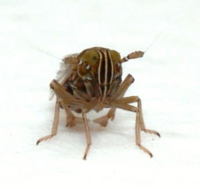 | Photo by: Kyle Kittelberger, Brian Bockhahn, Paul Scharf
Vance Co.
Comment: Field/forest edge habitat |
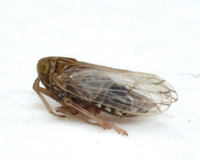 | Photo by: Kyle Kittelberger, Brian Bockhahn, Paul Scharf
Vance Co.
Comment: Field/forest edge habitat |

 »
»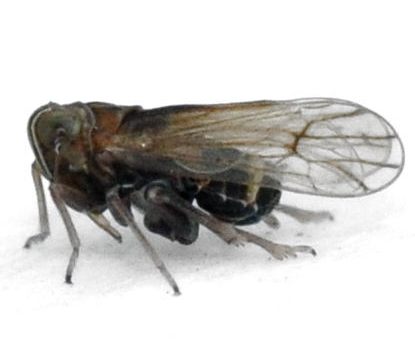

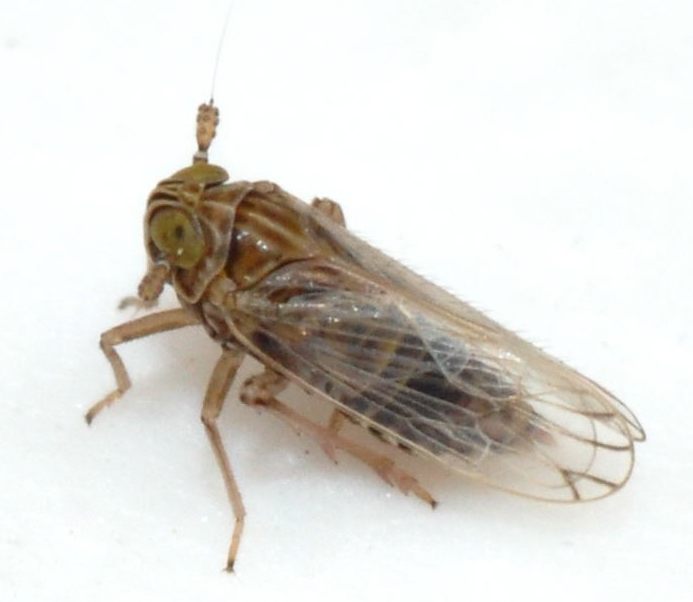


 »
»


